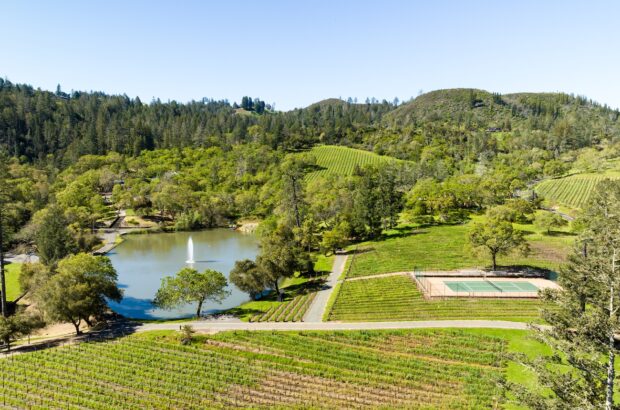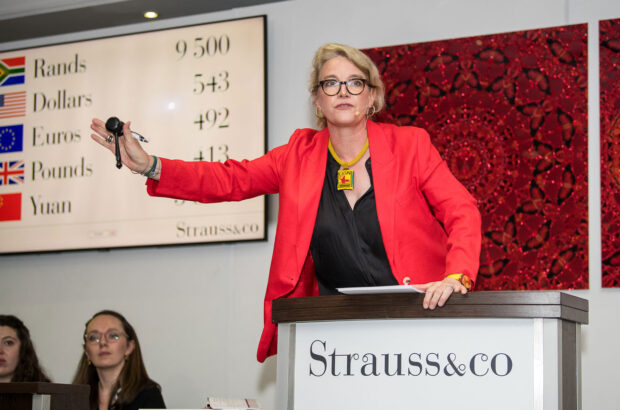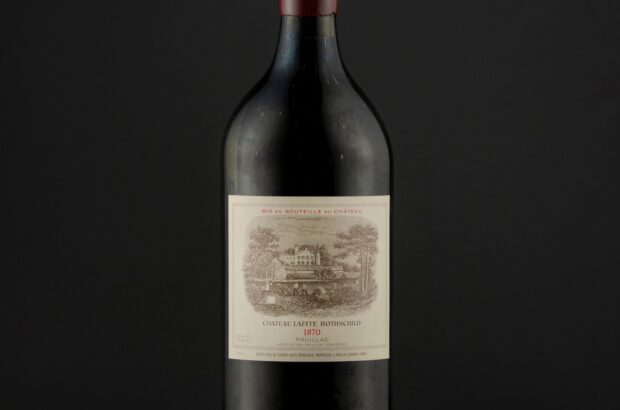I write this hidden in darkness of the Douro region; the sun, reflected on white paper, hurts the eyes. The heavy green door is half-open, though, and from time to time I walk over and gaze out.
The river Douro lies still and green, its waters torpid. The dams at Valeira and Bagaúste in the Douro region keep the level higher than any spate, but with none of its energy: the river is now a serpentine fish pond. Across the river from my room at Quinta de la Rosa, old, west-facing terraces lie abandoned and vineless, loosely scattered with olives, scrub and almonds. Through binoculars, I can see steps cut there in the layered dry stone, quivering in the heat haze. The solar engine sends the mercury surging up past 40°C; the light, as noon slips by, is incandescent.
As it happens, this was the first vineyard region I ever visited, almost 20 years ago, and I can still recall the awe I felt at seeing infant vines prosper in its arid rockyards. There’s nothing that a Lincolnshire farmer would recognise as soil in the Douro region: the soft schists and quartz pebbles are, at best, pounded to a dusty, glittering flour. It still seems implausible that plant life can prosper here, blistered by such a sun. Even the relief of rain, when it does come, has a ferocious quality. A thunderstorm broke two nights ago, thickening the upper air to soup and swathing Pinhão in gloomy towels of vapour. The lightning fissured the sky for miles around, and thunder rattled the great hills like the rumour of a war. Then the lights went out, for 12 hours.
Needless to say, all this can be tasted in a glass of Douro wine: that’s the region’s great conundrum. The harvested grapes draft a synopsis of the brooding hills, the raw stacks of rock, the meteorological violence. Nothing could be better than materials like these when you’re making vintage port, which is a race against the clock: extraction takes on the urgency of a bank heist. Fermentation unravels swiftly, and the game is over at half-time, when the high-strength brandy gets added. Any wine destined to last 30 years, whose extraction ceases half-way through fermentation, needs all the ferocity it can muster.
Making unfortified table wine is a much more leisurely process. It will be drunk sooner than great port; its shape, energy and trajectory through the mouth needs to be wholly different. Yet any good or great Douro table wine should reflect this Titan’s playground with fidelity – or what’s the point in making it?
The fascination of the Douro region at the moment is watching different approaches to this conundrum. Jorge Borges’ Pintas, for example, stands at one extreme: glossy and sumptuous, a vision of savagery seen through translucent silk curtains. At the other extreme stands Quinta dos Macedos, owned by Paul Reynolds and made by his brother Raymond, whose 2000 vintage may perhaps be the most rugged wine in existence. Nothing could be more rapturously faithful to the Douro itself, but are there drinkers heroic enough to tackle a wine which tastes like an earthquake? (The second wine, Pinga do Torto, is a mere earth tremor.)
And in the middle? Dirk van der Niepoort has taken on a challenge only he could contemplate, treating the Douro’s old, mixed vine varieties with Burgundian delicacy and stealth for his hugely successful Charme. Jorge Moreira succeeds in capturing site-specific nuances – the almost bitter, herbal, mineral ‘dust’ of his own north-facing Poeira, and the fragrance, grace and perfume of east-facing La Rosa itself, for the Bergqvist family. No one has managed more cleanliness and precision in defining the compellingly complex flavours of the Douro than the Roquette family at Quinta do Crasto; while the Bordeaux influence is variously explored in the Symington-Prats joint venture Chryseia, whose 2004 moves from the oaky urbanity of earlier vintages towards harnessed wildness; and Xisto, a Roquette-Cazes project which unravels the Douro’s flavours with soft insinuation.
https://www.decanter.com/wine-news/portugal-is-the-douro-still-king-of-the-reds-2-69960/
The very different weight, flavour and balance of the Upper Douro region (the Douro’s own Alentejo) is persuasively captured by Francisco Olazabal’s 2004 Quinta do Vale Meão. Whatever the approach, no one tasting these wines could doubt that the Douro is set to become one of the world’s great table-wine regions.
There’s another recent lesson from the Douro, too: how incompatible multi-national ownership is with the production of great wine. As Beam Global finally pulls out of Cockburn (retaining only the brand, and relinquishing everything else to Symington Family Estates), the corporates finally disappear in a puff of smoke: Croft and Delaforce have gone to the Fladgate Partnership, and Sandeman to Sogrape, both of them also family-run. The multi-national legacy in the Douro is one of tatty buildings, dull wines and missed quality opportunities, even though the distributive power of these organisations created successful brands. The end result is that too many companies are concentrated in too few hands. Did it have to be like this?
https://www.decanter.com/wine-news/cockburn-s-port-sold-to-symington-family-estates-1-47411/
Written by JEFFORD ANDRE







